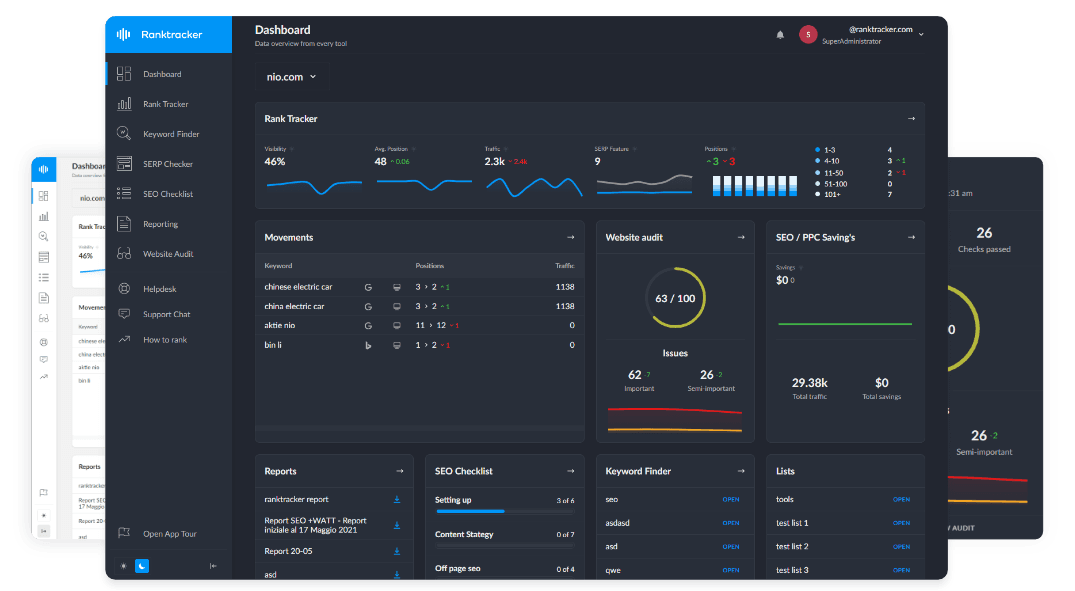Intro
Antonyms are words with opposite meanings that can help diversify content, improve semantic search matching, and expand keyword reach. By strategically using antonyms, websites can create more engaging, natural-sounding content that aligns better with search intent.
Why Antonyms Matter for SEO:
- Improve content diversity and search intent matching.
- Enhance semantic SEO by covering opposite variations of topics.
- Help rank for broader keyword variations and alternative queries.
How Search Engines Use Antonyms
1. Understanding Semantic Variability
- Search engines analyze antonyms to provide alternative results for broader search intent.
- Example:
- A query for "cheap SEO tools" may also surface content on "affordable SEO tools" or "expensive SEO software alternatives."
2. Enhancing Query Refinements & Related Searches
- Google suggests antonymic searches to improve user navigation.
- Example:
- Searching "best SEO strategies" may trigger "worst SEO mistakes" in related searches.
3. Boosting Content Depth & Comprehensiveness
- Antonyms help cover both sides of a topic, improving content engagement.
- Example:
- An article on "White Hat SEO" benefits from a section on "Black Hat SEO techniques to avoid."
4. Expanding Keyword Opportunities
- Antonyms provide additional keyword variations, helping rank for opposite search queries.
- Example:
- "Increase website traffic" also ranks for "reduce bounce rate."
5. Improving Featured Snippets & FAQs
- Search engines favor well-structured, comparative content with antonyms.
- Example:
- "Pros and Cons of SEO Automation" can rank better in featured snippets due to balance in content structure.
How to Optimize Content Using Antonyms
✅ 1. Incorporate Antonyms in Headlines & Subheadings
- Use antonyms to structure engaging, comparative content.
- Example:
- "Organic vs. Paid Search: Which Strategy is Best?"
✅ 2. Expand Keyword Coverage with Opposite Terms
- Optimize content to capture both keyword variations.
- Example:
- "Fast website loading time" also mentions "slow website issues."
✅ 3. Strengthen Content Structure with Contrasting Sections
- Use antonyms to create pros/cons or do/don’t lists.
- Example:
- "SEO Best Practices vs. Common SEO Mistakes."
✅ 4. Implement FAQ Schema Markup for Antonymic Queries
- Address both positive and negative search intents.
- Example:
- "How to improve SEO rankings?" → "What hurts SEO rankings?"
✅ 5. Use Antonyms for Internal Linking Strategy
- Link pages covering opposite aspects of the same topic.
- Example:
- A "Link Building Guide" linking to "Toxic Backlinks to Avoid."
Tools to Optimize for Antonyms in SEO
- Google NLP API – Analyze opposite search intent relevance.
- Ranktracker’s SERP Checker – Monitor rankings for antonymic keyword variations.
- Ahrefs & SEMrush – Identify content gaps using antonym keyword suggestions.
Conclusion: Leveraging Antonyms for SEO Success
Antonyms play a crucial role in creating diverse, balanced, and SEO-friendly content. By optimizing content with opposite meanings, websites can expand keyword reach, improve search intent alignment, and enhance user engagement.

